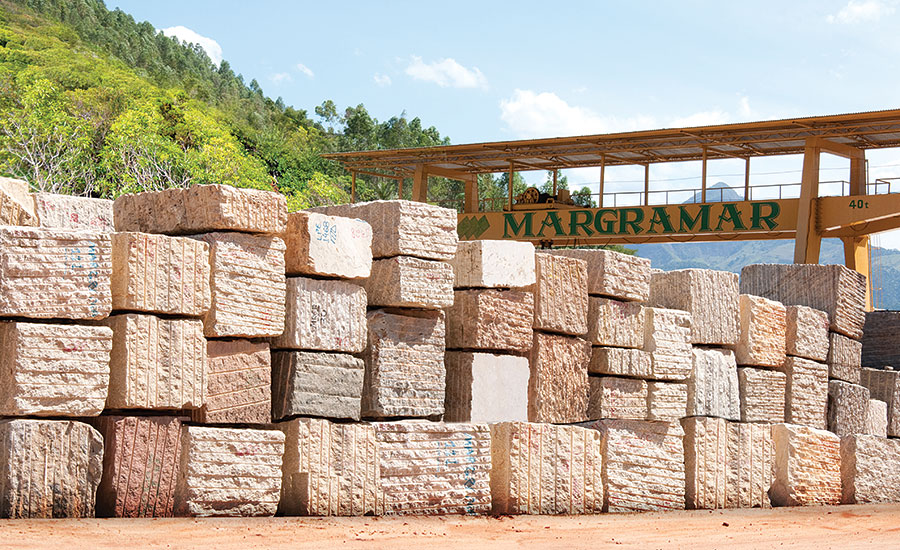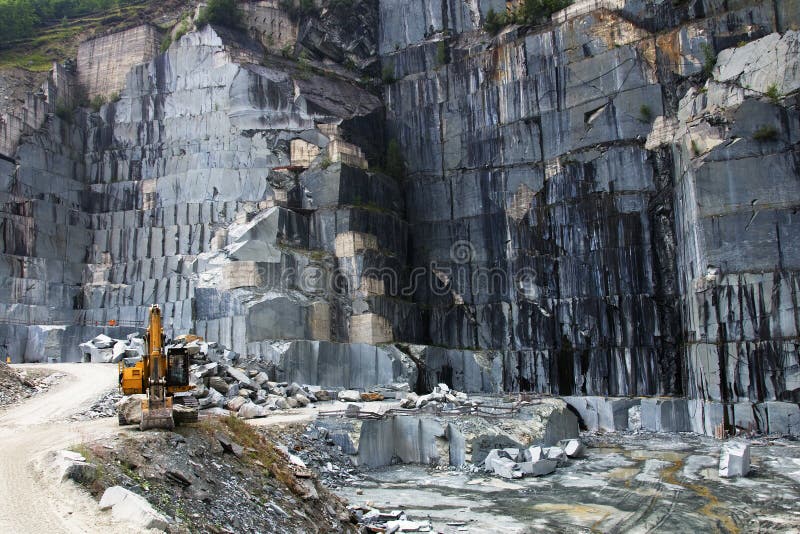Discovering the Elegance of Granite Quarry in South Africa Wonders
Discovering the Elegance of Granite Quarry in South Africa Wonders
Blog Article
Revealing the Mysteries of Granite Quarrying: Where Toughness and Elegance Meet
The world of granite quarrying is a world where the raw toughness of nature converges with human artistry to produce frameworks that stand the examination of time with an air of elegance. From the depths of quarries to the careful sprucing up in workshops, the procedure of changing granite into architectural marvels is a complicated dance of custom and technology. As we peer right into the depths of this ancient craft, we begin to discover the concealed details that form the very essence of our built setting.
The Origins of Granite Quarrying
In the annals of architectural history, the origins of granite quarrying are shrouded in a tapestry of ancient craftsmanship and geological marvels. Dating back to ancient Egypt and Mesopotamia, the extraction of granite from quarries marked the beginning of a trip that would at some point bring about the production of several of the globe's most legendary frameworks.
Granite quarrying's origins can be mapped to the skilled craftsmens that acknowledged the rock's durability and aesthetic appeal. Via a mix of primitive devices and large decision, these early quarry workers unearthed granite blocks that would come to be the foundation of civilizations.
As human beings progressed, so did the methods of quarrying granite. The Romans, renowned for their design prowess, developed sophisticated methods for drawing out granite to create monoliths, holy places, and roadways that stood the test of time.
The heritage of these ancient quarrying methods continues to form modern-day style, with granite continuing to be an icon of strength and sophistication in building and construction projects around the globe. (granite quarries in south africa)
Devices of the Quarrying Trade
The evolution of granite quarrying techniques from old people to modern-day times highlights the vital function played by the devices of the quarrying trade in shaping the market's practices. In old times, quarrying devices were simple, frequently containing blades, hammers, and wedges made from materials like bronze or iron. These devices needed significant workforce and time to extract granite obstructs from quarries.

Furthermore, the intro of pneumatic tools and high-powered equipment has actually considerably minimized the physical labor needed in quarrying operations, improving worker safety and productivity. As the quarrying industry proceeds to introduce, the devices of the profession continue to be at the forefront of driving progression and forming the future of granite removal.
Drawing Out Blocks of Granite
Using precision machinery and progressed methods, the extraction of granite blocks from quarries has actually come to be an innovative process in the contemporary quarrying industry. The initial action involves recognizing the place and size of the granite deposit to establish one of the most effective removal technique. When a suitable website is chosen, the extraction procedure begins with the drilling of openings for the placement of nitroglycerins. Managed blasting strategies are after that employed to disintegrate the granite into manageable areas.

Polishing and Ending Up Methods
To achieve a remarkable surface on granite blocks, experienced craftsmens utilize a series of thorough polishing and ending up methods. After the preliminary extraction and forming processes, the granite obstructs undergo a comprehensive click to investigate sprucing up my blog phase to boost their natural elegance and toughness. One common approach used in brightening granite is diamond abrasion, where commercial rubies are used to grind and polish the rock to a smooth finish. This procedure not only produces a lustrous surface yet also makes certain uniformity in shade and appearance across the granite block.
In addition to polishing, completing techniques are used to more refine the granite's appearance. By thoroughly selecting and applying these brightening and ending up methods, artisans can transform raw granite blocks right into elegant items that display both stamina and beauty.

Environmental Effect and Sustainability
With the expanding emphasis on ecological awareness in the sector, granite quarrying techniques are increasingly inspected for their impact on natural deposits and lasting sustainability. Quarrying for granite can have considerable ecological implications. The removal process commonly involves using heavy equipment, dynamites, and huge quantities of water, resulting in environment destruction, dirt disintegration, and water pollution. In addition, the transport of granite from quarries to processing facilities produces carbon discharges, additionally contributing to ecological degradation. granite quarries in south africa.
To minimize these influences and make sure sustainability in granite quarrying, industry stakeholders are adopting different steps. Carrying out advanced technologies to minimize power consumption and water use, redeeming quarried land for ecological remediation, and promoting accountable sourcing practices are some methods being employed. Qualifications such as the Woodland Stewardship Council (FSC) and the Leadership in Energy and Environmental Style (LEED) assistance consumers identify environmentally pleasant granite items.
Conclusion
To conclude, granite quarrying is a process that calls for specialized devices and techniques to remove blocks of Extra resources granite and polish them to a high degree of finish. While the ecological effect of quarrying can be considerable, efforts are being made to boost sustainability practices in the sector. In general, granite quarrying is a fragile balance in between taking advantage of the strength and sophistication of this natural rock while minimizing its effect on the environment.
Report this page